Maximising Wheel Loader Productivity: Practical Tips for Operators
Maximise your wheel loader productivity with expert tips from Plantman, Australia’s leading earthmoving equipment specialists. Learn proven operating techniques, maintenance strategies, and site planning methods that reduce downtime, reduce costs, and improve safety across mining and construction projects.
Essential Maintenance Tips for Maximising the Performance of Mining Trucks and Equipment
Ensure peak performance and longevity for your mining equipment with expert servicing. This complete guide covers essential maintenance practices, specialised services for mining trucks and earthmoving machinery, and key signs your equipment needs attention. Partner with Plantman Equipment for professional, on-site servicing across Australia.
The Complete Guide to Servicing Mining Equipment, Trucks, and Earthmoving Machinery
Ensure peak performance and longevity for your mining equipment with expert servicing. This complete guide covers essential maintenance practices, specialised services for mining trucks and earthmoving machinery, and key signs your equipment needs attention. Partner with Plantman Equipment for professional, on-site servicing across Australia.
Australian Regulations for Earthmoving Equipment
Understanding and adhering to Australian regulations and standards is essential for ensuring the safety of operators, other workers, and the general public when operating earthmoving machinery. Without a thorough grasp of these standards, operators risk not only severe legal repercussions but also potential harm to personnel and equipment. As WA’s most comprehensive mining, earthmoving, construction […]
Mining operations involve the use of heavy equipment for extraction and transportation. While these are essential to mining operations, they can also be extremely dangerous if not operated and transported properly. The safety of workers and the surrounding environment is of utmost importance, making the safe transportation of heavy equipment an essential component of any mining operation.
Proper transportation of heavy equipment is critical to ensure that machines arrive at their destination safely and without damage. It involves planning, communication, and the use of appropriate equipment and personnel to minimise the risk of accidents during transportation. Additionally, it’s essential to have regular maintenance and inspections of the equipment and the transport vehicle to ensure it’s in proper working order.
In this blog post, we explore the importance of safety and proper transportation of heavy equipment and discuss why it matters and is absolutely essential. We also present some tips for the safe transportation of earthmoving equipment in mining to help ensure the safety of workers and the environment.
Why Safety Matters In Mining
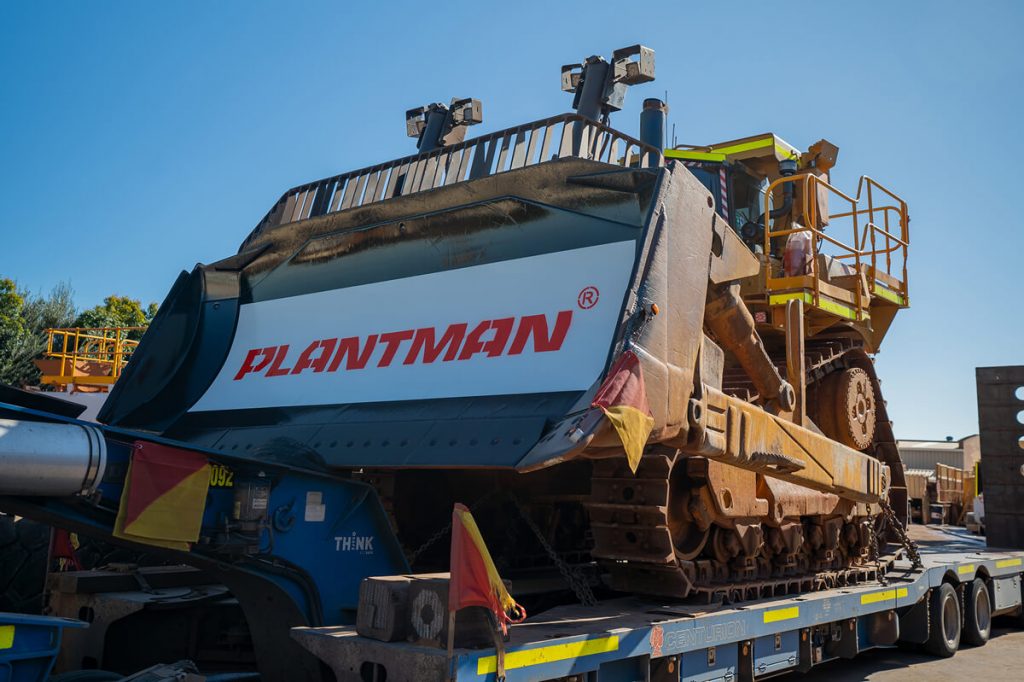
Mining typically involves working with heavy machinery, such as excavators and wheel loaders. Safety matters in mining because it’s essential to prevent accidents, injuries, and fatalities that can occur due to the nature of the work. It also helps to reduce the risk of damage to equipment, loss of production, and financial losses.
Read on for some of the key reasons why safety matters when operating earthmoving equipment.
1. Protecting Workers
Construction sites can be dangerous, with heavy machinery, debris, and other hazards present. Safety protocols must be in place to protect workers from harm while operating earthmoving equipment. Training, proper equipment maintenance, and using protective gear are critical measures to minimise the risk of injury to workers.
2. Avoiding Accidents
The sheer size and power of earthmoving equipment make them risky on construction sites. Proper safety protocols and procedures help avoid accidents, ensuring that the machines are operated safely and workers are protected.
3. Maintaining Equipment
Safety is critical for maintaining the performance of earthmoving equipment. Proper operation, maintenance, and transportation are essential to avoid machine breakdowns or damage. This helps ensure optimal performance and minimises downtime and repair costs.
4. Compliance With Regulations
There are numerous safety regulations that must be followed when operating earthmoving equipment. These regulations are in place to protect workers and ensure that the equipment is operated safely. Failure to comply with these can result in fines, legal action, and damage to the company's reputation.
5. Reputation
Finally, the safety of earthmoving equipment can significantly impact the company's reputation. Companies that prioritise safety are more likely to be trusted by clients and workers and are more likely to attract new business.
Proper Transportation Of Earthmoving Equipment
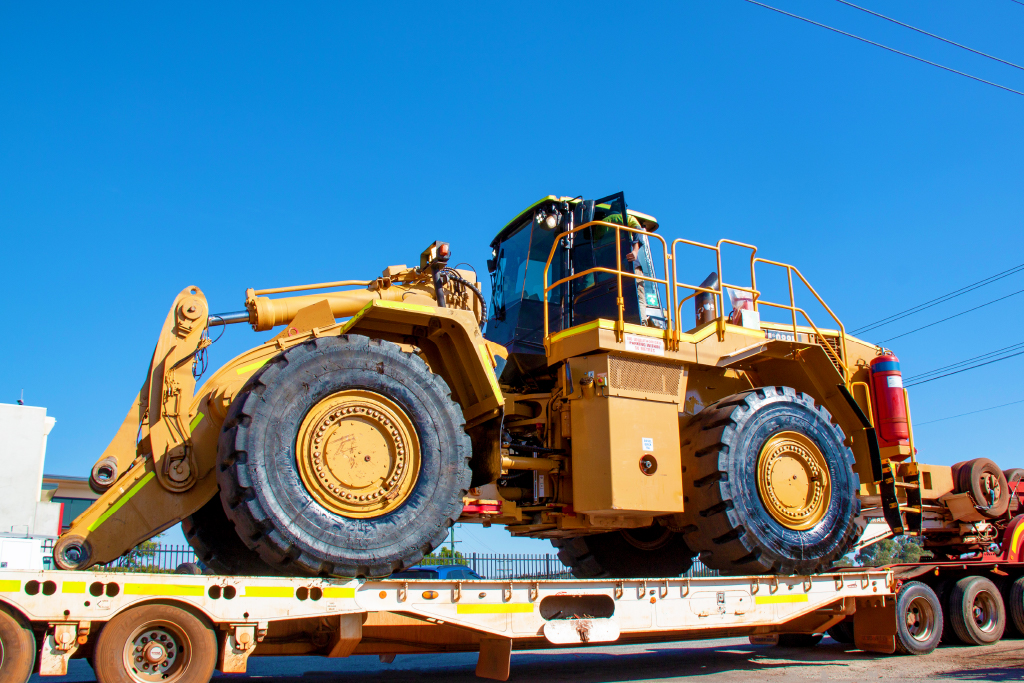
In addition to operating earthmoving equipment safely, proper transportation is essential to maintain the performance and longevity of the machines. Here are the key reasons why proper transportation is vital.
1. Protecting The Machines
Earthmoving equipment is a significant investment. Proper transportation is crucial to protect the machines from damage during transport. Heavy-duty transport trailers, secure tie-downs, and proper loading techniques are necessary for risk management.
2. Ensuring Proper Maintenance
Transporting earthmoving equipment often involves long distances and various terrains. Proper transportation helps ensure that the machines remain in good condition during transport and are ready to use once they reach their destination. This includes checking fluids, filters, tyres, and other components and making necessary repairs before using the machine.
3. Saving Time & Money
Transporting earthmoving equipment can be costly, but proper transportation can help save time and money. Ensuring that the machines are transported correctly reduces the chance of damage or breakdowns during transport, reducing downtime and repair costs.
4. Flexibility
Transporting earthmoving equipment allows for flexibility in project planning. Projects can be started and completed at different locations, with equipment easily transported from one site to the next. This practical approach ensures that companies can undertake multiple projects simultaneously without having to invest in additional machinery.
5. Access To Specialised Equipment
Transportation enables companies to access specialised equipment that might not be readily available in a specific geographic location. This, in turn, allows these companies to take on more intricate projects that demand specialised equipment, such as heavy machinery in construction.
Now let’s look into some tips for safely transporting heavy equipment.
Tips For Safe Transportation Of Earthmoving Equipment In Mining

Transporting earthmoving equipment is a critical task that requires careful planning and execution to ensure safety and prevent damage to the equipment. These should help you safely and successfully transport heavy earthmoving equipment.
1. Plan Ahead
Have a well-defined plan, including details on how the equipment will be transported, where it will be taken, and the required equipment and personnel. Conducting a thorough assessment of the equipment (more on this in a bit) and the route to be taken is critical in ensuring safe and efficient transportation.
2. Inspect The Equipment
Inspect it thoroughly to avoid potential issues during transportation. This inspection should check for any loose parts, damage or wear that could compromise the machine's functionality or safety during transit. It is also essential to verify that the equipment is in good working order and that all necessary maintenance tasks have been completed.
3. Choose The Right Transport Method
When considering the transportation of equipment, it's essential to factor in the equipment's size, weight, and shape, along with the distance it needs to travel. By doing so, you can determine the most appropriate method of transportation. Depending on the nature of the equipment, options could include a flatbed truck, a lowboy trailer, or a specialised heavy-haul trailer.
4. Use Experienced Drivers
Hiring experienced drivers is crucial for safely and efficiently transporting heavy equipment. The drivers should be familiar with the equipment and route and follow all traffic laws and regulations. Experience, safety record, and knowledge of equipment securement are essential factors to consider when selecting a driver. Proper training and certification can also benefit drivers who regularly transport heavy equipment.
5. Use Pilot Cars Or Escorts
For oversized equipment, it may be necessary to use pilot cars or escorts during transportation. This is especially true for equipment that exceeds standard size limits or poses a risk to other drivers on the road. Pilot cars and escorts can help guide the transport vehicle and provide advanced warning to other drivers of the oversize load.
6. Secure The Equipment
Properly securing equipment during transport is vital to prevent shifting or falling off the trailer. Use chains, straps, or other securement devices and ensure they are tightened to the appropriate level of tension. This helps avoid property damage, accidents, and ensures everyone's safety. Always place securement devices appropriately to keep equipment in place.
7. Monitor Weather Conditions
Checking the weather forecast is crucial before transporting equipment. Avoid transporting during inclement weather that could impact visibility or road conditions. Rescheduling transportation during such conditions is advisable. By taking these precautionary measures, you can ensure safe and hassle-free equipment transportation.
8. Communicate With Others
Establish clear communication with all personnel involved in the transportation process, including drivers, escorts, and personnel at the destination site. Effective communication can help prevent confusion and ensure everyone is on the same page. By doing so, you can ensure that the transportation process runs smoothly and all equipment arrives safely at its intended destination.
9. Be Prepared For Emergencies
Have an emergency plan in place in case of an accident or breakdown during equipment transport. This plan should include clear instructions on what to do in case of an emergency, including who to contact and how to handle the situation. It's essential to ensure that all personnel involved in the transportation process are aware of the emergency plan and know what to do in case of an emergency.
10. Follow All Regulations
Ensure you comply with all state and federal regulations related to the transportation of heavy equipment, including obtaining the necessary permits and complying with weight and size restrictions on public roads. The Chain of Responsibility (COR) legislation mandates that each chain member take reasonable steps to ensure compliance. Failing to do so may result in fines and penalties being charged.
Read on for some additional government-advised best practices to help you out.
Government-Advised Best Practices For Safely Transporting Heavy Equipment
Use Appropriate Equipment
Improper weight distribution due to using the wrong equipment can cause accidents and damage to the machinery, leading to expensive repairs. Prioritise safety by using the right equipment to avoid potential damage, costly repairs, and, most importantly, injuries or loss of life.
Use An Appropriate Load
Using an appropriate load prevents damage to the equipment, reduces the risk of accidents, complies with legal requirements, and ensures proper weight distribution. To ensure proper load distribution, it is recommended to consult the equipment's user manual and use appropriately rated straps, chains, and other securing devices to keep the load stable during transportation.
Position The Load Correctly
Incorrect positioning can cause an imbalanced weight distribution, overloading, reduced maneuverability, and damage to the equipment. Follow the manufacturer's guidelines for loading and securing the equipment, and use restraints to prevent accidents and damage.
Use Good Quality Restraint
Good quality restraints prevent accidents, comply with legal requirements, protect the equipment, and improve efficiency. Earth-moving equipment is expensive, and unsecured loads can result in costly repairs and downtime. Ensure the equipment is securely fastened to the transportation vehicle to prevent this.
Check Your Load Restraint
To check your load restraint, you should inspect the tie-downs, ensure the load is evenly distributed, and check for any signs of movement or damage during transit. Following any guidelines or regulations for load restraint specific to your region or the equipment being transported is also essential.
Your load restraint must meet the performance standards specified in the Load Restraint Guide 2004. The security of your load is critical for your road safety and that of other road users. For further information, visit the Main Roads website.
Get Help From The Experts!
Ready to ensure the safe transportation of your earthmoving equipment? Contact us to learn more about our mining trucks and heavy equipment services. Our team of experts can help you choose the right equipment for your needs and provide guidance on transporting and operating it safely. Prioritise safety and protect your investment with our reliable, efficient earthmoving equipment solutions.
Call 08 9274 7820 today or fill in the form below to get in touch with one of our experts!
07 Apr, 2023
Buying Or Renting A Water Truck: Considerations & Mistakes To Avoid
Water Trucks

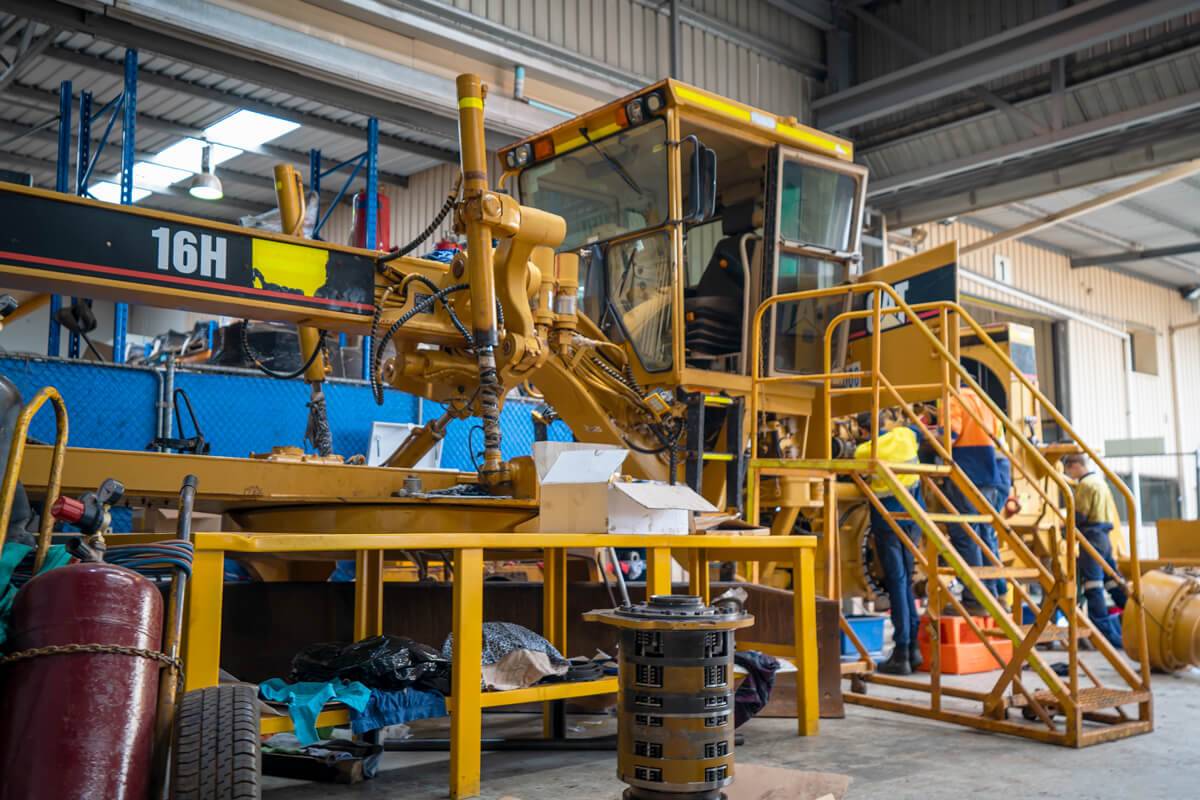

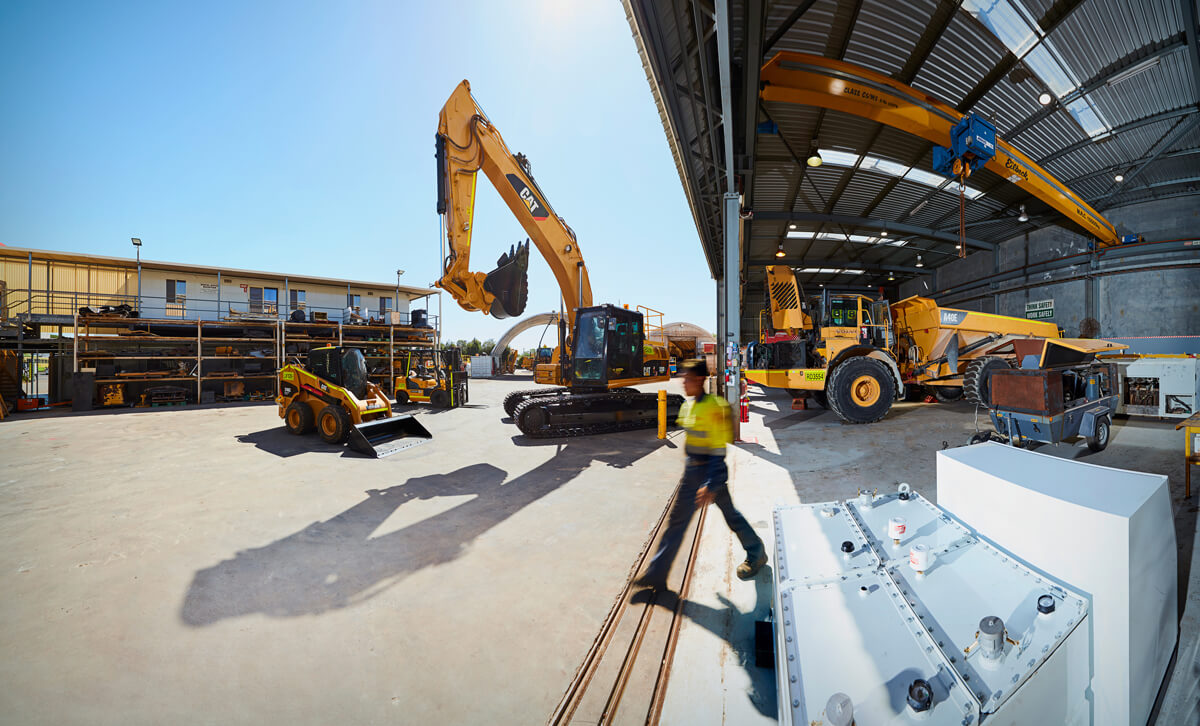
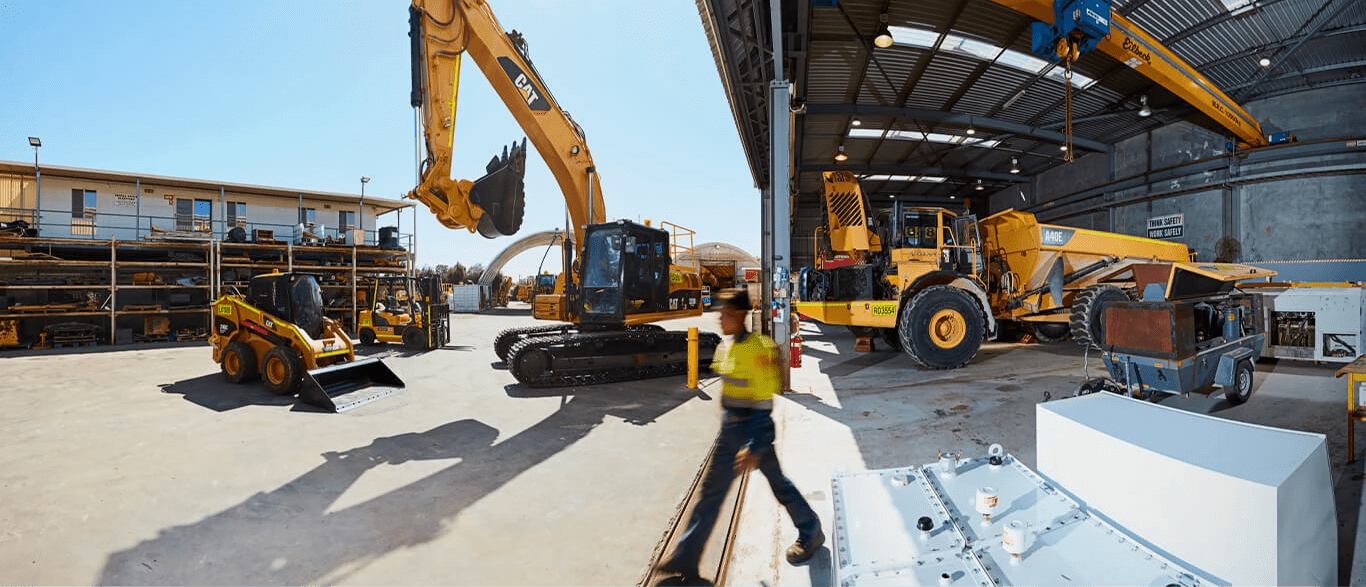

Now that I’ve found Plantman and they’re local which is a bonus, I won’t need to look elsewhere. They also have an extensive range of equipment that suits our requirements for servicing the mining industry. I have no hesitation in recommending Plantman to any of our clients. Well Done!!!